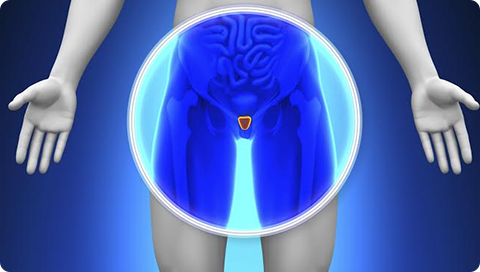Robotic Urology

 Picture this…
Picture this…
A small orange placed inside a deep cavity, which is so small that only one hand can reach into it. Now imagine that the orange has to be peeled with one hand. This is the difficulty a surgeon faces when he has to work on the prostate gland [the orange], which is situated in the human pelvis [the deep cavity].
Now imagine the surgeon eyes being placed 5 inches from the orange, with instruments as small as pencils mimicking and exceeding the range of motion of the hands and fingers. The task then becomes exceptionally simple. This is the advantage of Robotic Urological surgery over Laparoscopic surgery.
There are specific areas and disease processes in the human body that are very apt for robotic surgery. One of them is the pelvis (the lower part of the trunk between the abdomen and the thighs) and its organs (prostate, urinary bladder and uterus).
Major surgery for prostate cancer has been reduced to a mere 24 hours of hospital stay, with patients walking 4 hours after surgery and going back to work in a few days time. Diseases of the kidneys, bladder, are all dealt with using robotic surgery.
The story of Robotics, where the operating surgeon relinquishes his hallowed position beside an operating table, to a chair positioned a few feet away, began in the 1980 in the USA when NASA, Stanford Research Institute, and the US Department of Defence developed the SRI Telepresence Surgery System, which was intended to aid the wounded in a battle by surgeons miles away from the frontline. Although it did not accomplish the intended objective, this surgical system eventually led to the development of the present day Da Vinci Robotic System.
In 2006, India witnessed its first Robotic Assisted Surgery, and a Robotic Radical Prostatectomy was completed successfully. We have indeed come a long way since then.
Urology is quite definitely the forerunner in the use of Robotic technology. The number of Radical Prostatectomies being performed has gone up tremendously as compared to the open era. The improved preservation of urinary continence after surgery (some patients report continence as early as day 1 or day 2 post catheter removal) and the lesser incidence of erectile dysfunctions due to better nerve sparing have made radical prostatectomy as the flagship surgery of robotics worldwide.
The advantages have also been extended to procedures requiring precision and accuracy like Partial Nephrectomy, which has enabled efficient nephron sparing surgery which results in kidney function preservation.
Robotic assisted Adrenalectomy, Pyeloplasty, Radical nephrectomy and Donor nephrectomy are being performed with increased frequency.
With Indians at the forefront of Robotics worldwide, it is not unreasonable to anticipate the development of an indigenous robotic surgical system in the future.
Steve Jobs famously said “Everyone here has the sense that right now is one of those moments when we are influencing the future”. Witnessing and actively participating in the rapid growth and spread of Robotic technology in India, one cannot help having the same sense of Robotics shaping the future of health delivery in India.
UPDATED ON 03/09/2024
Apollo Highlights & Updates
 Apollo Hospitals takes up a 4.5-Hour Stroke Treatment Promise with Advanced Stroke Care Network with Extended 24-Hour Tr...
Apollo Hospitals takes up a 4.5-Hour Stroke Treatment Promise with Advanced Stroke Care Network with Extended 24-Hour Tr...© Copyright 2024. Apollo Hospitals Group. All Rights Reserved.
 +91 8069991061
Book Health Check-up
Book Health Check-up
Book Appointment
Book Appointment
+91 8069991061
Book Health Check-up
Book Health Check-up
Book Appointment
Book Appointment








